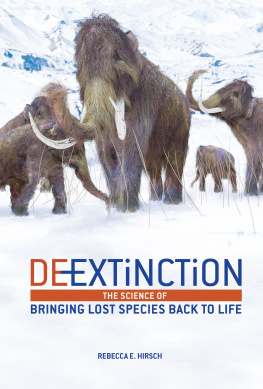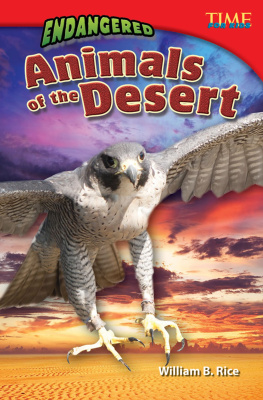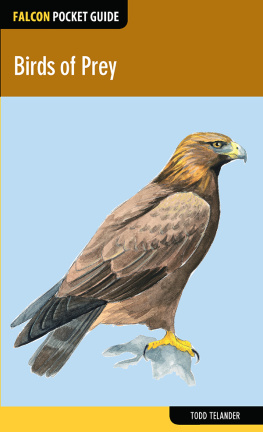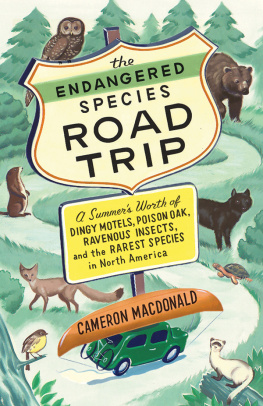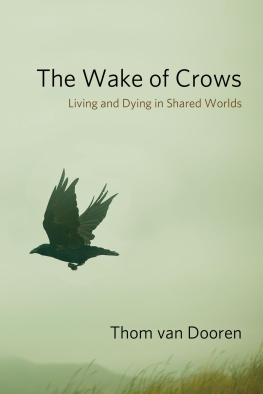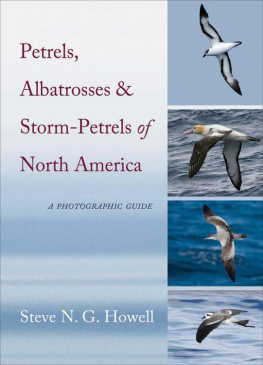FLIGHT WAYS
Critical Perspectives on Animals: Theory, Culture, Science, and Law
Critical Perspectives on Animals: Theory, Culture, Science, and Law
Series Editors: Gary L. Francione and Gary Steiner
The emerging interdisciplinary field of animal studies seeks to shed light on the nature of animal experience and the moral status of animals in ways that overcome the limitations of traditional approaches to animals. Recent work on animals has been characterized by an increasing recognition of the importance of crossing disciplinary boundaries and exploring the affinities as well as the differences among the approaches of fields such as philosophy, law, sociology, political theory, ethology, and literary studies to questions pertaining to animals. This recognition has brought with it an openness to a rethinking of the very terms of critical inquiry and of traditional assumptions about human being and its relationship to the animal world. The books published in this series seek to contribute to contemporary reflections on the basic terms and methods of critical inquiry, to do so by focusing on fundamental questions arising out of the relationships and confrontations between humans and nonhuman animals, and ultimately to enrich our appreciation of the nature and ethical significance of nonhuman animals by providing a forum for the interdisciplinary exploration of questions and problems that have traditionally been confined within narrowly circumscribed disciplinary boundaries.
The Animal Rights Debate: Abolition or Regulation?, Gary L. Francione and Robert Garner Animal Rights Without Liberation: Applied Ethics and Human Obligations, Alasdair Cochrane Experiencing Animal Minds: An Anthology of Animal-Human Encounters, edited by Julie A. Smith and Robert W. Mitchell
Animalia American: Animal Representations and Biopolitical Subjectivity, Colleen Glenney Boggs
Animal Oppression and Human Violence: Domesecration, Capitalism, and Global Conflict, David A. Nibert
Animals and the Limits of Postmodernism, Gary Steiner
Being Animal: Beasts and Boundaries in Nature Ethics, Anna L. Peterson
FLIGHT WAYS
Life and Loss at the Edge of Extinction
Thom van Dooren

Columbia University Press
New York
Columbia University Press
Publishers Since 1893
New York Chichester, West Sussex
cup.columbia.edu
Copyright 2014 Columbia University Press
All rights reserved
E-ISBN 978-0-231-53744-5
Library of Congress Cataloging-in-Publication Data
Van Dooren, Thom, 1980
Flight ways : life and loss at the edge of extinction / Thom van Dooren.
pages cm. (Critical perspectives on animals. Theory, culture, science, and law)
Includes bibliographical references and index.
ISBN 978-0-231-16618-8 (cloth: alk. paper)
ISBN 978-0-231-53744-5 (e-book)
1. BirdsExtinction. I. Title.
QL677.4.V36 2014
598.13'8dc23
2013044351
A Columbia University Press E-book.
CUP would be pleased to hear about your reading experience with this e-book at .
COVER PHOTO: Wayne Kryduba/Mira.com
COVER DESIGN: Mary Ann Smith
References to Web sites (URLs) were accurate at the time of writing. Neither the author nor Columbia University Press is responsible for URLs that may have expired or changed since the manuscript was prepared.
For my parents
who taught me a profound sense of wonder and
an abiding respect for our living world
CONTENTS
Many people have contributed to the writing of this book. I am grateful to all of those who have commented on draft chapters and presentations, as well as to everyone who has agreed to share their views and expertise with me in the many interviews and discussions that I draw on here. In particular, this book has benefited from an ongoing collaboration with Deborah Bird Rose, whose scholarship and friendship continue to inspire me. Donna Haraway also provided generous and insightful feedback on the draft chapters. I remain profoundly indebted to both of these remarkable scholars, who have, through their written work and personal guidance, shaped so much of my thinking and writing.
Among the many other people who have contributed significantly to this book, I would like to offer particular thanks to Matt Chrulew, Michelle Bastian, Emily OGorman, Jeff Bussolini, Eben Kirksey, Jodi Frawley, Heather Goodall, Jake Metcalf, Anna Tsing, Marc Bekoff, Maria Puig de la Bellacasa, Jim Hatley, and Rick De Vos. While many biologists and conservationists met with me to talk about birds, a few went above and beyond to provide me with their insights and, in some cases, access to restricted areas. In this regard, I am particularly thankful to Rich Switzer, Hob Osterlund, John French, John Marzluff, Alan Lieberman, and Chris Challies.
I would also like to thank the members of the academic communities that have been my home at various periods during the writing of this book. I began this research while I was a Chancellors Postdoctoral Fellow at the University of Technology Sydney and completed it after moving to the Environmental Humanities program at the University of New South Wales. Both institutions provided a stimulating academic environment along with financial support for fieldwork. UTS also covered the cost of a four-month visiting position at the University of California, Santa Cruz, which provided me with yet another set of stimulating interlocutors. The vast majority of the funding for the fieldwork behind this book was provided by the Australian Research Council, in the form of a joint grant with Deborah Bird Rose focused on extinction in the broad Pacific Ocean region (DP110102886).
Finally, I would like to thank the birds themselves. Although they were not informed or perhaps even willing participants in the researchin fact, many of them were and remain captivein a host of different ways they inspired me to try to say a little more about their precarious ways of life.
How else could a book about birds and extinction begin, but with the tragic story of the Dodo? In death, this bird from a small island in the western Indian Ocean has taken on a strange celebrity, becoming something of a poster child for extinction. And yet, many of the specific images and ideas about the Dodo that circulate in peoples imaginations are highly speculative. Ultimately, a great deal remains unclear about what kind of a bird the Dodo was, how it lived, and when it passed from the world. While reports, sketches, and paintings of the Dodo survive from the seventeenth century, it is difficult to determine which of them is accurate and based on firsthand experience. Like a game of telephone, or Chinese whispers, it seems that many of these accounts and images were themselves based on other accounts and images, alongside varying degrees of poetic license (Hume 2006).
What we do know, however, is that Dodos (Raphus cucullatus) were large, flightless birds who made their homes exclusively on the island of Mauritius.these foods than did birds in many other places, but importantly, they also had no significant predators themselvesa situation that did not prepare them well at all for what was to come with the arrival of humans.
It is unclear who the first people to set eyes on the peculiar form of the Dodo were. Perhaps they were among the Arab traders who likely discovered the island in the thirteenth century. Or perhaps they were Portuguese sailors, among those who started visiting the island a few hundred years later (from 1507). As far as is known, however, neither of these groups settled on Mauritius, and no documentary evidence of an encounter with a Dodo remains.
Next page

